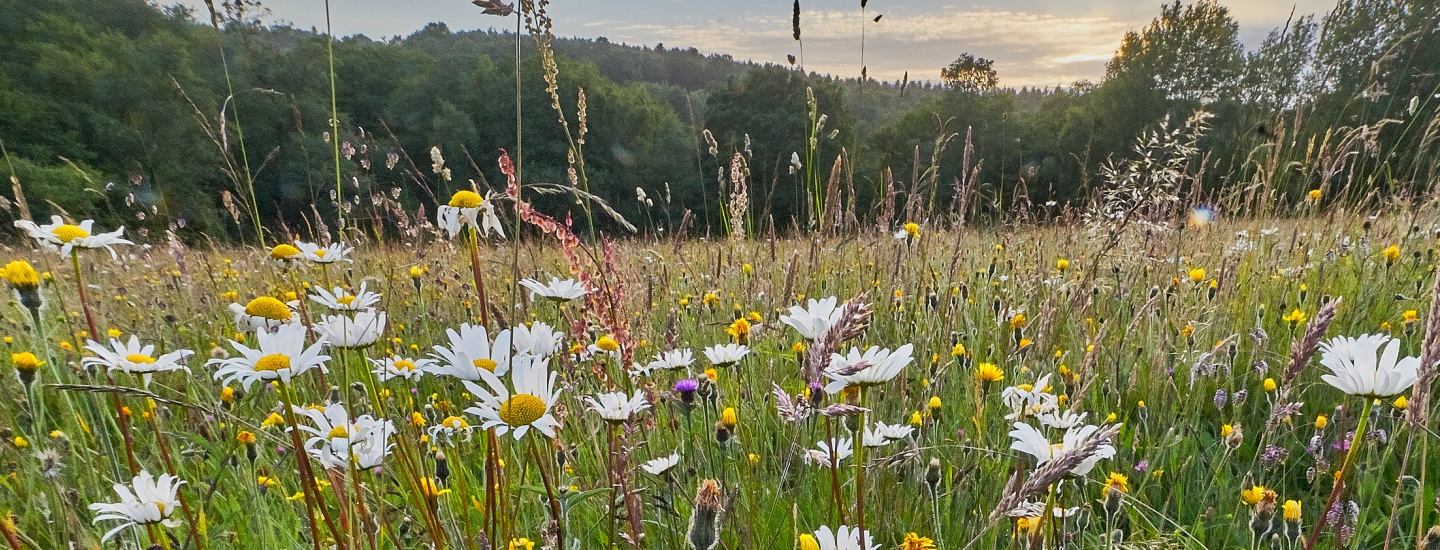The Environment Bill has slowly been making its way through Parliament having recently returned in November 2020. The Bill sets out how the Government plans to protect and improve the natural environment in the UK and contains provisions on post EU environmental governance and principles, a range of environmental targets and provisions across several policy areas including waste, water, air quality and biodiversity. A series of commitments are outlined within the Bill, including a new mandatory requirement for Biodiversity Net-Gain (currently set out in Part 6 of the Bill on 'Nature and Biodiversity). The objective of this requirement is to ensure new developments enhance biodiversity and create new green spaces for local communities to enjoy. By integrating biodiversity net gain into the planning system the Government considers that it will provide a step change in how planning and development is delivered.
CarneySweeny recently held a joint webinar with Walker Morris' Planning and Environmental Team on the introduction of biodiversity net gain and how it affects the planning system. You can watch the webinar here.
What is “biodiversity net gain”
Essentially biodiversity net gain in planning describes an approach to development that leaves the natural environment in a measurably better state than it was beforehand.
Paragraphs 170 and 176 of NPPF (Feb 2019) already contain provisions for planning policies and decisions to 'provide net gains for biodiversity' and 'pursue opportunities for securing measurable net gains for biodiversity'.
The Environment Bill will however, separately legislate making it mandatory for development to deliver at least a 10 per cent improvement in “biodiversity value” and this will need to be established before development commences on site. Prior to the commencement of development, a 'biodiversity net gain plan' will need to have been submitted to and approved by the Local Planning Authority. This plan must provide details of how the biodiversity value has been calculated, and how the net gain target will be achieved.
How is the 10% Biodiversity Net Gain calculated?
The biodiversity gain objective is met if the biodiversity value attributable to the development need exceeds the pre-development biodiversity value of the onsite habitat by at least 10%. The biodiversity value must be calculated using the Government's biodiversity metric data (published by DEFRA) to assess the site pre-development (at the time of the submission of the planning application) and post development (calculated at the time the development is complete).
Bio-diversity net gain can be achieved on-site, off-site or through a combination of the two measures. These measures can be required in planning conditions, or applicants can propose measures through a planning obligation.
In some circumstances, the full biodiversity value of a habitat may not come to fruition until years after the development has completed. In this regard the Bill allows developers to take advantage of the higher future value if the habitat enhancement: (i) is secured under a planning condition, planning obligation or conservation covenant; (ii) is significant and (iii) will be maintained for at least 30 years after the development is completed.
Key considerations?
- Ensure that net gain is considered early in the planning process. Bringing an ecologist and/or landscape architect on board sooner rather than later will allow an early assessment of the current baseline habitat and can inform an iterative design process. This will allow the cost of achieving biodiversity net gains to be fully understood – it's not always expensive!
- Consulting the local planning authority at an early stage of the planning process on any proposals for on-site and off-site habitat enhancement.
- Find out if there are any local assessment tools if your site relates to a landscape that does not work well with the methodology and evidence why you have chosen this tool.
- Seek to first avoid and then minimise impacts on biodiversity.
- Avoid impacts on irreplaceable biodiversity.
- Seek to achieve onsite net gain where possible over offsite net gain. To achieve offsite net gain you will need to undertake the same assessment on the off site location but there is an additional risk multiplier applied and so it is harder to achieve.
- Improve the likelihood of success of projects through demonstrable benefits.
- Consider enhancing existing or creating new habitat.
- Don't forget other legislation e.g. protected species
The Bill will have to go through the House of Commons and the House of Lords before receiving Royal Assent.

